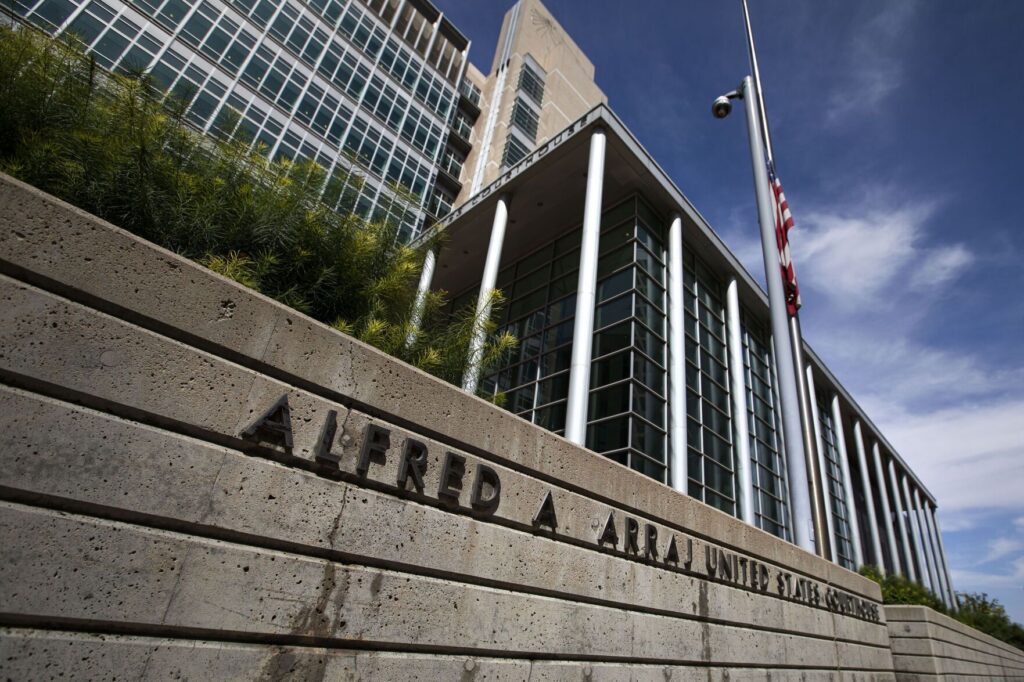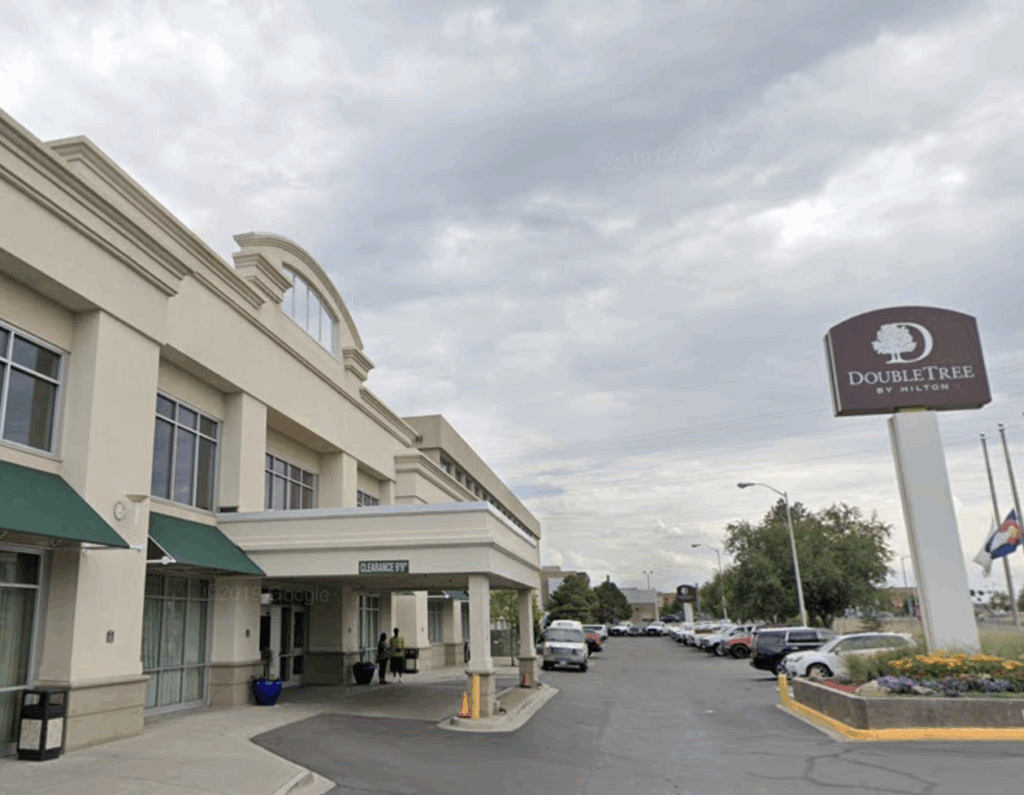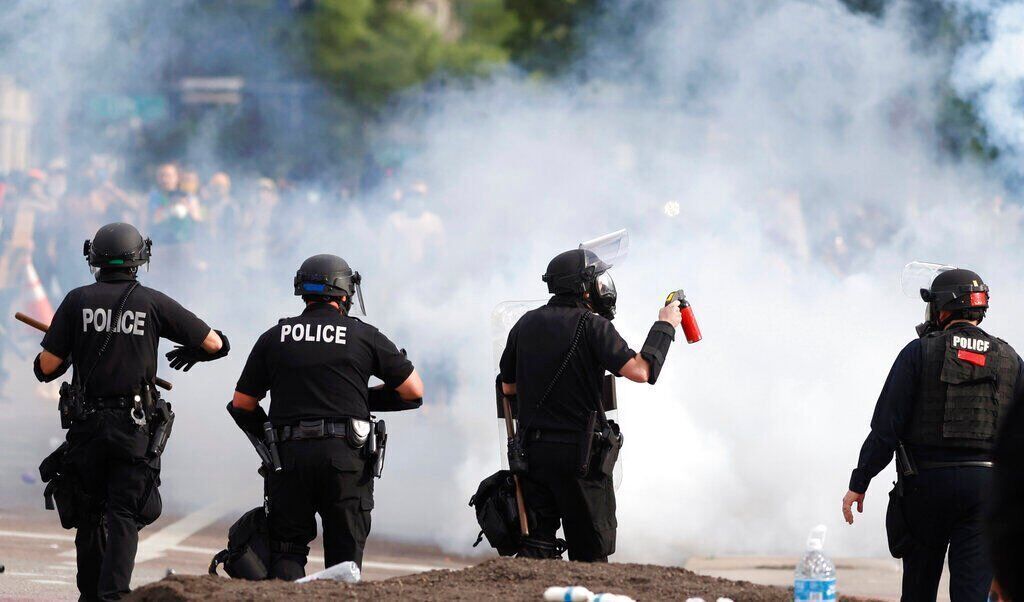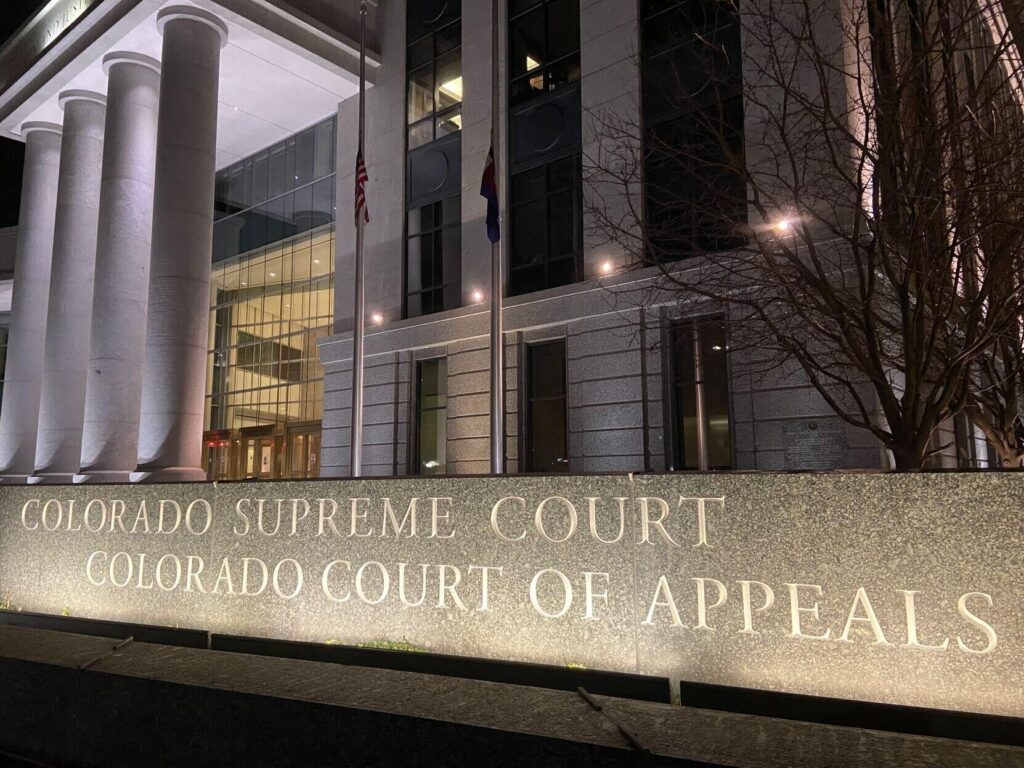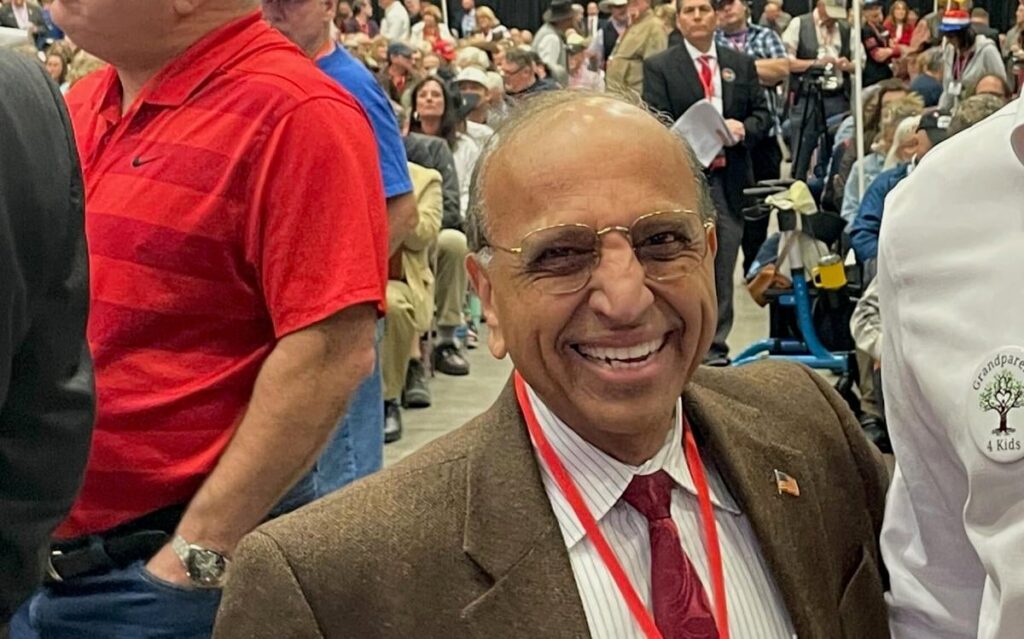Denver group living opponents seek referendum to overturn zoning change

Opponents of Denver’s new zoning policy that allows up to five unrelated adults to live in a single-family home have organized to repeal the change through a citywide referendum, one month after a city council vote that saw vociferous resistance from homeowners.
“This affects their very wealth. Their very wealth,” said George E. Mayl, one of the five voters who officially filed to create a referendum committee. “And not only that, their children’s, their heirs’ wealth. Someone’s home is their single largest investment of their life.”
The group living text amendment to the Denver zoning code passed city council by a vote of 11-2. In addition to raising the previous limit of two unrelated adults – a threshold significantly below that of Denver’s peer cities in Colorado and elsewhere – the modification also allows residential care and congregate living facilities to operate based on their size, rather than their type. The amendment opens more areas of the city up to community corrections facilities, colloquially known as halfway houses.
Residents who submitted comments, including through a change.org petition with over 10,600 signatures, objected to what they characterized as increased density, more cars in neighborhoods, and the elimination of buffer zones between homeless shelters or halfway houses and residential neighborhoods or schools. (The city contended there is no evidence that the buffer requirement enhanced safety.)
Now, to overturn the amendment, the committee will need to obtain 9,184 valid petition signatures. The text of the referendum asks if the voters shall repeal the ordinance “regulating residential care facilities, such as [those serving] elderly residents and people experiencing homelessness, by size rather than use; allowing community corrections facilities to locate in commercial and mixed-use zoning districts…; and increasing the number of unrelated adults who can live together in a household to five with up to one licesed car per adult, plus one additional vehicle per household?”
Other than Mayl, the referendum committee members include Samuel Hargraves, Jennifer Qualteri, Richard Saiz and Thrichosia Burdine. They did not immediately respond to inquiries or declined to comment.
Mayl took exception to the characterization from the group living amendment’s supporters that opponents were privileged homeowners unconcerned with the plight of younger or poorer residents.
“Privileged? Am I privileged because I worked 52 years and paid [property] tax for a home? Am I privileged?” he asked. Mayl added that “by and large the registered neighborhood organizations, the RNOs, of Denver feel that their elected council district members didn’t listen to them.”
Although many RNOs came out in opposition to the group living amendment, not all fell into that category.
Travis Leiker, the board president of Capitol Hill United Neighborhoods, said on Monday that the referendum would be “a poor use of resources and energy,” and city council had adequately listened to all sides of the debate.
“While there was a very vocal, loud opposition, that does not mean that the will of the people was in the camp of the opposition,” he added. Responding to Mayl’s argument about homeowners’ wealth, Leiker said the group living amendment was meant to revise exclusionary policies that affected communities of color and renters, among other populations.
“I am troubled to learn that some who are proposing this ballot measure would utilize scare tactics that harken back to the prejudices of a gone-by era in order to keep diverse populations from living in their neighborhood,” he said.
During the Feb. 8 council meeting, commenters alternately characterized the amendment as, on the one hand, “one massive, unproven, urban social experiment,” or as something “watered down” from the original proposal that would have allowed up to eight unrelated adults to live together. The testimony was often heated, with one person even comparing group living opponents to members of the Ku Klux Klan.
“When I bought my home, I chose it with the zoning protections in place that not only made it a safe home for me, but that preserved its market value,” said Kristin Macarthur, at the time. “My home is my most significant investment and I’m too close to retirement to recover from a sudden loss in value due to the zoning changes you’re proposing.”
Those who backed the amendment decried what they saw as misinformation stemming from Safe and Sound Denver, the main opposition group. That criticism surfaced again on Monday.
“The opponents of the group living amendment are on the wrong side of history, as proven by being massively outnumbered at the public comment during the city council vote, but also by the many admonishments they received from council members that who were originally sympathetic to their concerns but were driven away by their fear mongering lies,” said Jason Hornyak, the head of the Chaffee Park Neighborhood Association, which also endorsed the amendment. “We have a municipal legislature for a reason, so it is best to allow them to do their jobs and fix any potential deficiencies with the code if they arise.”



